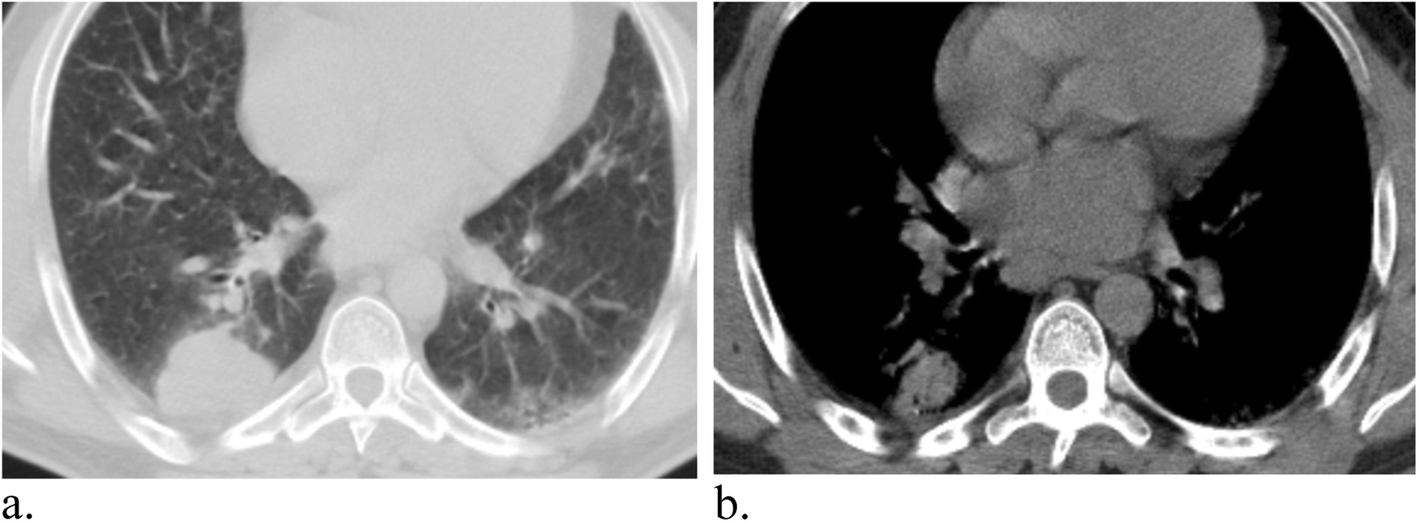Invasive mucinous adenocarcinoma of the lung

Invasive mucinous adenocarcinoma of the lung is a subtype of invasive adenocarcinoma of the lung formerly known as mucinous bronchoalveolar carcinoma (BAC). They are more likely to be multicentric and tend to have a worse prognosis than non-mucinous types.
Terminology
In 2011, the International Association for the Study of Lung Cancer (IASLC), American Thoracic Society (ATS), and European Respiratory Society (ERS) introduced a new classification and terminology for adenocarcinoma of the lung. The term bronchoalveolar carcinoma (BAC) has been extinct and, invasive mucinous adenocarcinoma of the lung now replaces the tumors previously known as mucinous bronchoalveolar carcinoma (BAC).
Pathology
Location
Mucinous carcinomas are commonly multicentric, multilobar, and may show bilateral lung involvement . These patterns may indicate aerogenous spread .
Microscopic appearance
Mucinous carcinomas originate from columnar mucus-containing cells (cf. non-mucinous tumors which arise from club cells (Clara cells) or type 2 pneumocytes), showing a goblet or columnar cell morphology with abundant intracytoplasmic mucin . The alveoli are usually filled with mucin .
Although also consisting of a mixture of histologic patterns, e.g. lepidic, acinar, papillary, micropapillary, and solid growth, as we observe in the nonmucinous invasive tumors, there is no recommendation to subcategorise the invasive mucinous adenocarcinomas, as its clinical relevance is still uncertain .
Genetics
- KRAS mutation: strongly present (~76%)
- EGFR mutation: almost always absent (~3%)

